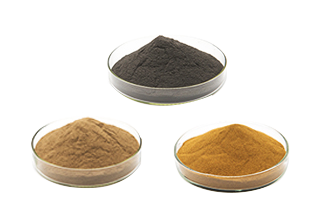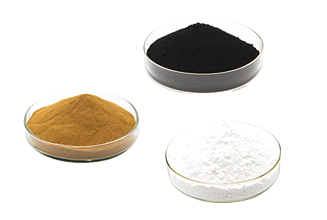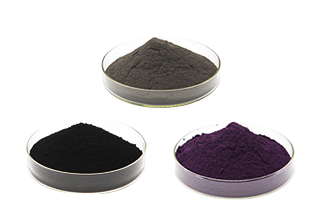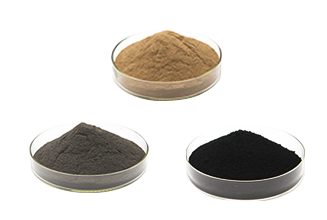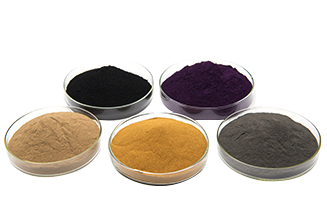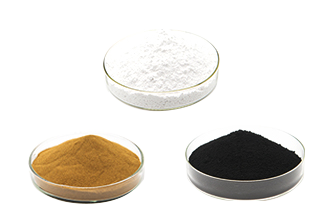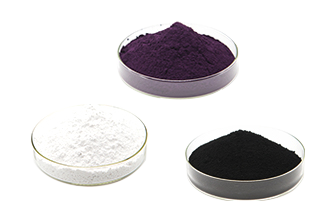Carbide ultra-high temperature ceramics have high melting point, high strength, high hardness and good chemical stability, and are widely used ultra-high temperature ceramic materials
Carbide ultra-high temperature ceramics have high melting point, high strength, high hardness and good chemical stability, and are widely used ultra-high temperature ceramic materials. Currently commonly used carbide ultra-high temperature ceramics mainly include silicon carbide (SiC) , zirconium carbide (ZrC), tantalum carbide (TaC) and hafnium carbide (HfC). Hafnium carbide (HfC), zirconium carbide (ZrC), and tantalum carbide (TaC) have much higher melting points than their oxides, do not undergo any solid phase transition, have good thermal shock resistance, and still have good thermal shock resistance at high temperatures. higher strength. However, such carbide ultra-high temperature ceramics have relatively low fracture toughness and oxidation resistance, and are usually reinforced and toughened with fibers.
The oxidation of ultra-high temperature carbides is a comprehensive process of the diffusion of oxygen to the inside or the diffusion of metal ions to the outside, and the gaseous or liquid (at relatively low temperature) by-products escape to the outside through the oxide layer. The oxidation resistance of UHT carbides is mainly affected by the formation and escape of gaseous by-products, such as CO and CO2, during the oxidation process. Among the carbide ultra-high temperature ceramics, zirconium carbide (ZrC) is relatively cheap and has properties such as high melting point and high hardness. It is a very promising ultra-high temperature material. Single-phase zirconium carbide (ZrC) has poor oxidation resistance at high temperature; when heated to 800 °C in air, it begins to oxidize severely to form zirconia (ZrO2) and carbon (C); when the temperature rises to 1100 °C, carbon ( C) Continue to react with oxygen (O2) to generate carbon monoxide (CO) or carbon dioxide (CO2). The research results show that after hafnium carbide (HfC), zirconium carbide (ZrC) and tantalum carbide (TaC) absorb a large amount of oxygen into the lattice, the oxidized region formed at high temperature includes at least two layers; one layer contains very few voids. the inner oxide layer, and the other layer is the outer oxide layer which is porous and cannot prevent the diffusion of oxygen. Therefore, single-phase zirconium carbide (ZrC) has poor oxidation resistance, so zirconium carbide (ZrC) is generally used in combination with other materials, such as ZrC-Mo-Si2, ZrC-ZrB2, ZrC-SiC, ZrC-ZrO2 and ZrC-Mo Wait. Savino et al. added molybdenum silicide (MoSi2) with a volume fraction of 5% to hafnium carbide (HfC) and found that molybdenum silicide (MoSi2) promoted sintering, and the density of the sintered body reached 98% of the theoretical density with few voids.
The oxidation of ultra-high temperature carbides is a comprehensive process of the diffusion of oxygen to the inside or the diffusion of metal ions to the outside, and the gaseous or liquid (at relatively low temperature) by-products escape to the outside through the oxide layer. The oxidation resistance of UHT carbides is mainly affected by the formation and escape of gaseous by-products, such as CO and CO2, during the oxidation process. Among the carbide ultra-high temperature ceramics, zirconium carbide (ZrC) is relatively cheap and has properties such as high melting point and high hardness. It is a very promising ultra-high temperature material. Single-phase zirconium carbide (ZrC) has poor oxidation resistance at high temperature; when heated to 800 °C in air, it begins to oxidize severely to form zirconia (ZrO2) and carbon (C); when the temperature rises to 1100 °C, carbon ( C) Continue to react with oxygen (O2) to generate carbon monoxide (CO) or carbon dioxide (CO2). The research results show that after hafnium carbide (HfC), zirconium carbide (ZrC) and tantalum carbide (TaC) absorb a large amount of oxygen into the lattice, the oxidized region formed at high temperature includes at least two layers; one layer contains very few voids. the inner oxide layer, and the other layer is the outer oxide layer which is porous and cannot prevent the diffusion of oxygen. Therefore, single-phase zirconium carbide (ZrC) has poor oxidation resistance, so zirconium carbide (ZrC) is generally used in combination with other materials, such as ZrC-Mo-Si2, ZrC-ZrB2, ZrC-SiC, ZrC-ZrO2 and ZrC-Mo Wait. Savino et al. added molybdenum silicide (MoSi2) with a volume fraction of 5% to hafnium carbide (HfC) and found that molybdenum silicide (MoSi2) promoted sintering, and the density of the sintered body reached 98% of the theoretical density with few voids.
related news
-
.png) Nov 02, 2021Do you know what material can be made of cermet?Talking about the five advantages of cermet
Nov 02, 2021Do you know what material can be made of cermet?Talking about the five advantages of cermet -
.png) Nov 18, 2021Research Progress of Plasma Spraying Technology for Preparation of Ceramic Coatings
Nov 18, 2021Research Progress of Plasma Spraying Technology for Preparation of Ceramic Coatings -
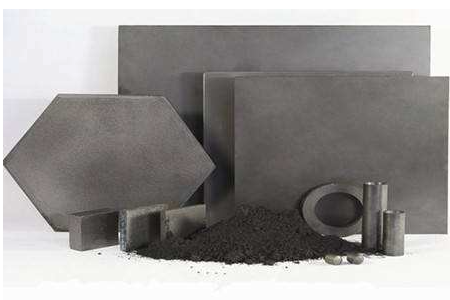 Feb 09, 2022Research progress of B4C-TiB2 composite ceramic materials(1)
Feb 09, 2022Research progress of B4C-TiB2 composite ceramic materials(1) -
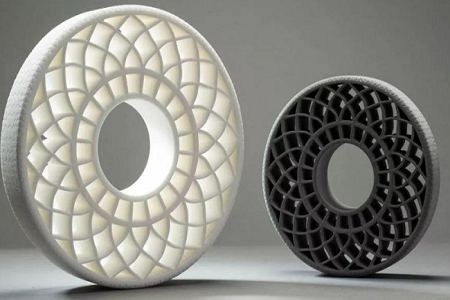 Nov 04, 2021The development status and future direction of 3D printing materials!
Nov 04, 2021The development status and future direction of 3D printing materials!

